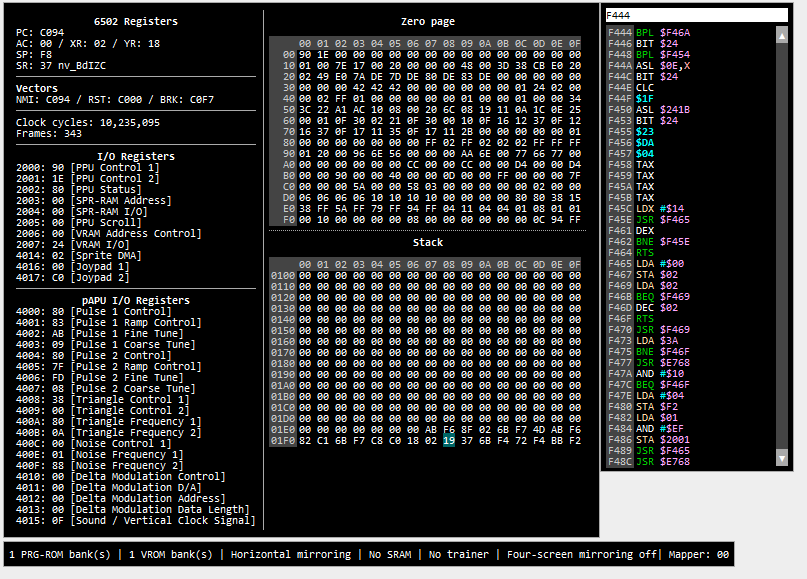
If your interested in emulation, starting out with a simple emulator makes more sense. 6502.c will include '6502.h' instead of
This is just a brief overview of concepts, and there are many wonderful informative guides about these concepts. Basic Components and Concepts of the 6502The new group vice-president John Welty said, The semiconductor sales organization lost its sensitivity to customer needs and couldnt make speedy.There are a few components and concepts of the 6502 that you will need to understand. References: A reference for the 6502 opcodes is available at http. It is recommended that the higher speeds be used with the ROM routines.
They may also hold special processor flags, or pointers and counters to different places in memory.The 6502 has 13 different ways that memory can be addressed.The 6502 has 56 official instructions or OP Codes. They are usually extremely fast to use, and are used to perform math operations, etc. The stack starts at the top of memory.Registers are used to hold small bits of information in the CPU. There is no protection against overflows. Its used as a temporary storage location. The stack is a LIFO (Last In First Out) type of object.
At $FFFA - $FFFB is the Non-Maskable Interrupt address $FFFC-$FFFD is the power on reset address. There is a maximum of 64kb of memory, and all of the values in memory are values from 0-255.The first 256 bytes of memory is the Zero Page memory.The next 256 bytes of memory is the stack.The last 6 bytes of memory contain 3 special addresses. There are a few special places in memory. For the purpose of an emulator though, the memory is considered a part of the CPU.
You will want to write code that implements each instruction inside your switch statement. Mine ended up looking like this.Inside the ExecuteOpCode() is a giant switch statement that switches on the CurrentOpCode value. The documentation online will only take you so far, and you are likely to encounter gaps.You are going to start by writing a method that performs a single CPU Operation. There is a lot of information to absorb, and it will take some time to build up a mental model about how things work. These addresses are used by the CPU to find the code that gets executed when one of those specific events occur.The rest of the memory can be divided up however the hardware dictates.The hardest part, at least for me, was figuring out where to begin.


If your goal is emulating a specific device, there may be additional specific test programs. There are other test programs too.


 0 kommentar(er)
0 kommentar(er)
